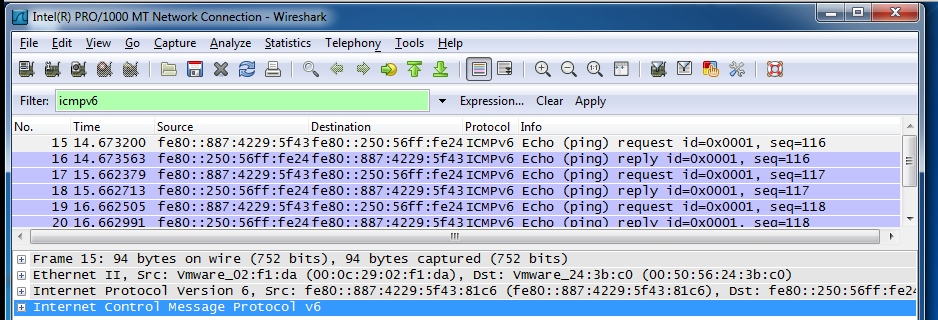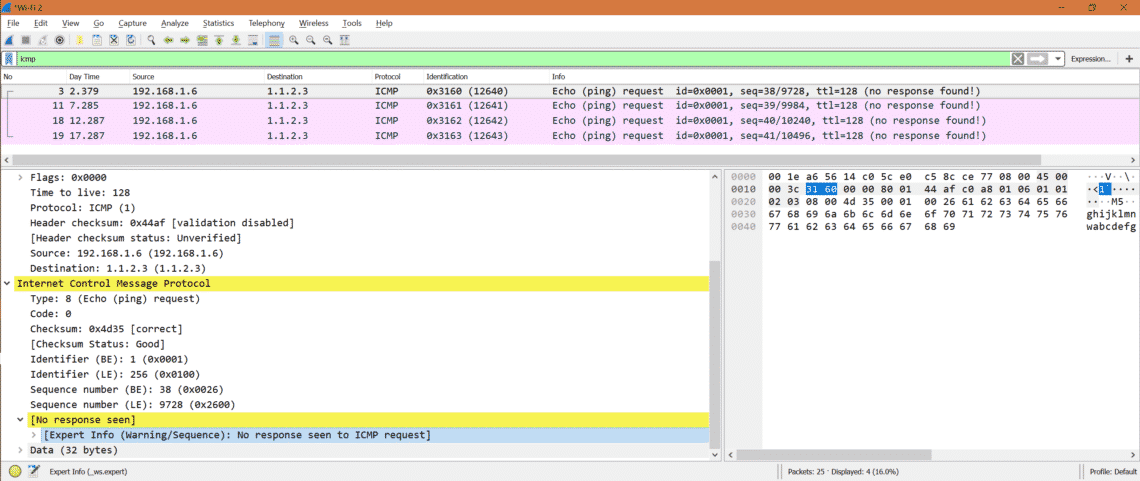
It watches for traffic containing the IP address of the machine on which I created this blog, which is 10.1.10.129. Selections and editing appearance is shown in figure 3:Īs an example, I have created a filter called My machine. You can also edit the existing Capture Filter choices when clicking that button.

Or you can select the Capture Filter button and choose from the precompiled list. If you already know your filter topic, you can just type in the area noted by the red box. Once you click that, you will see (with some of the window omitted) what is shown in figure 2: It is easily accessed by clicking the icon at the top left of the main window. The type of filter controls what type of traffic is captured, and disregards all non-matching traffic. The first type of filter we will discuss is the capture filter. I just want to show the difference in a more visual way, ‘cause some people learn better that way! For my screenshots, I will be using what is (at the time of this writing) the latest version, which is 1.12.3. Today I will discuss two ways to filter in Wireshark: display filter and capture filter.ĭon’t get me wrong – Wireshark is well documented. When running a full-bore packet capture session, you may find that data are accumulating quite rapidly and likely you are obtaining much more than you want to look at. Since we don’t live in a perfect world, I wanted to demonstrate a little piece of the freely downloadable network packet sniffer called Wireshark. The "Filter Expression" dialog box can help you build display filters.In a perfect world, there would be no need to monitor network traffic looking for interlopers. For display filters, try the display filters page on the Wireshark wiki.

For example, to capture only packets sent to port 80, use: dst tcp port 80Ĭouple that with an http display filter, or use: tcp.dstport = 80 & httpįor more on capture filters, read " Filtering while capturing" from the Wireshark user guide, the capture filters page on the Wireshark wiki, or pcap-filter (7) man page. If you want to measure the number of connections rather than the amount of data, you can limit the capture or display filters to one side of the communication. Note that a filter of http is not equivalent to the other two, which will include handshake and termination packets. Ping packets should use an ICMP type of 8 (echo) or 0 (echo reply), so you could use a capture filter of: icmpĪnd a display filter of: icmp.type = 8 || icmp.type = 0įor HTTP, you can use a capture filter of: tcp port 80


 0 kommentar(er)
0 kommentar(er)
